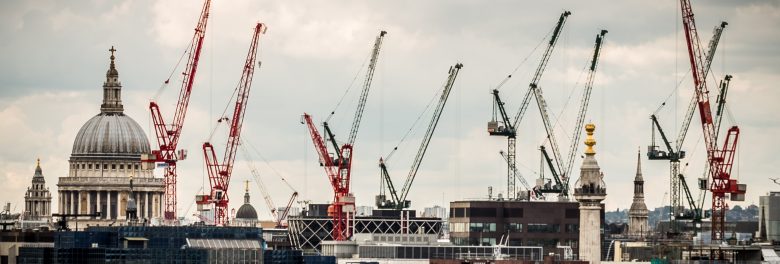
Mitigating heat losses and condensation in retrofits reduces heating bills while providing comfort. A whole building approach should be considered when improving thermal comfort. This requires controlling U-values, thermal bridges, material selection and controlled and uncontrolled ventilation rates.
The following are well documented challenges with retrofit:
- Spatial restrictions impact the amount of insulation that can be added to improve the thermal envelope;
- Thermal bridges can lead to cold spots in the dwelling leading to condensation. Persistent condensation can lead to mould growth which is hazardous to occupants’ health.
- Insufficient consideration when adding insulation can lead to interstitial condensation. This will have a detrimental effect on the longevity of the construction, and impacts occupants as noted above;
- Older buildings are designed around greater passive uncontrolled background ventilation, so lower air tightness while helping to reduce heating bills can also have unintended longer term consequences on occupant comfort and health;
Retrofits should therefore consider the diagnosis of the building envelope performance as much as the solution to them. A suggested approach could be to:
- Survey: A thermal imaging survey of the building will identify where heat losses are occurring. Moisture testing and in situ U-value testing can also be considered.
- Diagnose: With the test results, any identified issues should be explored and the reason why they occur must be identified.
- Design: With the assistance of technical experts, design out thermal bridges and condensation risk based on the previous diagnosis and industry best practice.
Posted on October 27th, 2022
Author: Rodrigo Guedes
Related services: Overheating Assessment, Façade Optimisation, Energy & Fabric Performance Evaluation, Indoor Environmental Quality Evaluation, Building Performance Evaluation,